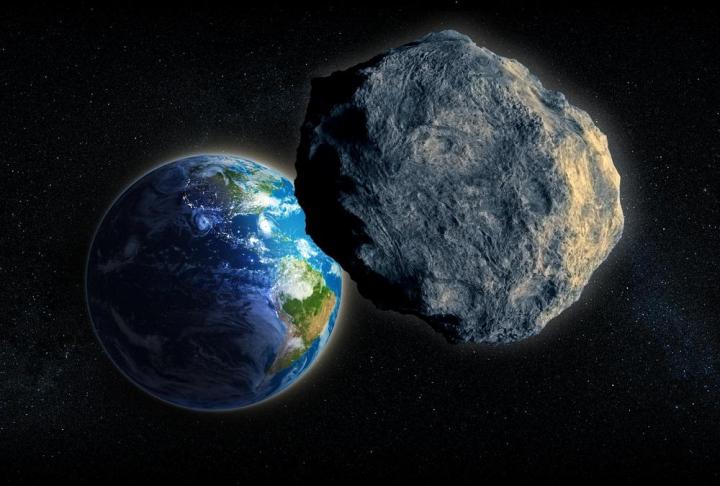
When an undetected meteor crashed into Russia’s Ural mountains just over a year ago, it seemed to alert many people to the possibility of a much much bigger rock one day clattering into Earth and causing damage on an unthinkable scale.
Hoping to avoid such a grim scenario, NASA has just launched a series of ‘Asteroid Data Hunter’ contests with the aim of improving the way we locate these potentially destructive rocks currently whizzing around our solar system.
As if preventing the destruction of the planet isn’t enough of an incentive to set to work, the space agency is offering awards totaling $35,000 to coding wizards who can create improved algorithms to help the world’s most powerful telescopes locate, follow and evaluate the threat of asteroids heading in our general direction. The first of its contests will begin March 17, with more lined up for the next six months.
“For the past three years, NASA has been learning and advancing the ability to leverage distributed algorithm and coding skills through the NASA Tournament Lab to solve tough problems,” said Jason Crusan, NASA Tournament Lab director. “We are now applying our experience with algorithm contests to helping protect the planet from asteroid threats through image analysis.”
NASA’s Jenn Gustetic, who’s helping to run the initiative, said that “by opening up the search for asteroids, we’re harnessing the potential of innovators and makers and citizen scientists everywhere to help solve this global challenge.”
While NASA believes it has detected 95 percent of the large asteroids that travel close to Earth, it is of course extremely eager to detect all asteroids, both big and small, that pose a threat to our planet. Those deemed to be a serious danger could be redirected to a stable lunar orbit, NASA said.
This latest initiative is part of the space agency’s Grand Challenge to improve methods of asteroid discovery. The project, which launched last year, includes a range of contributors, from citizen scientists to government agencies to international partners.
For more information on how you can help save planet Earth from a messy end, click here.
Editors' Recommendations
- NASA’s OSIRIS-REx spacecraft to perform an asteroid sampling rehearsal
- NASA just found a parking spot on an asteroid 170 million miles away
- NASA selects landing site candidates for OSIRIS-Rex to sample asteroid Bennu


